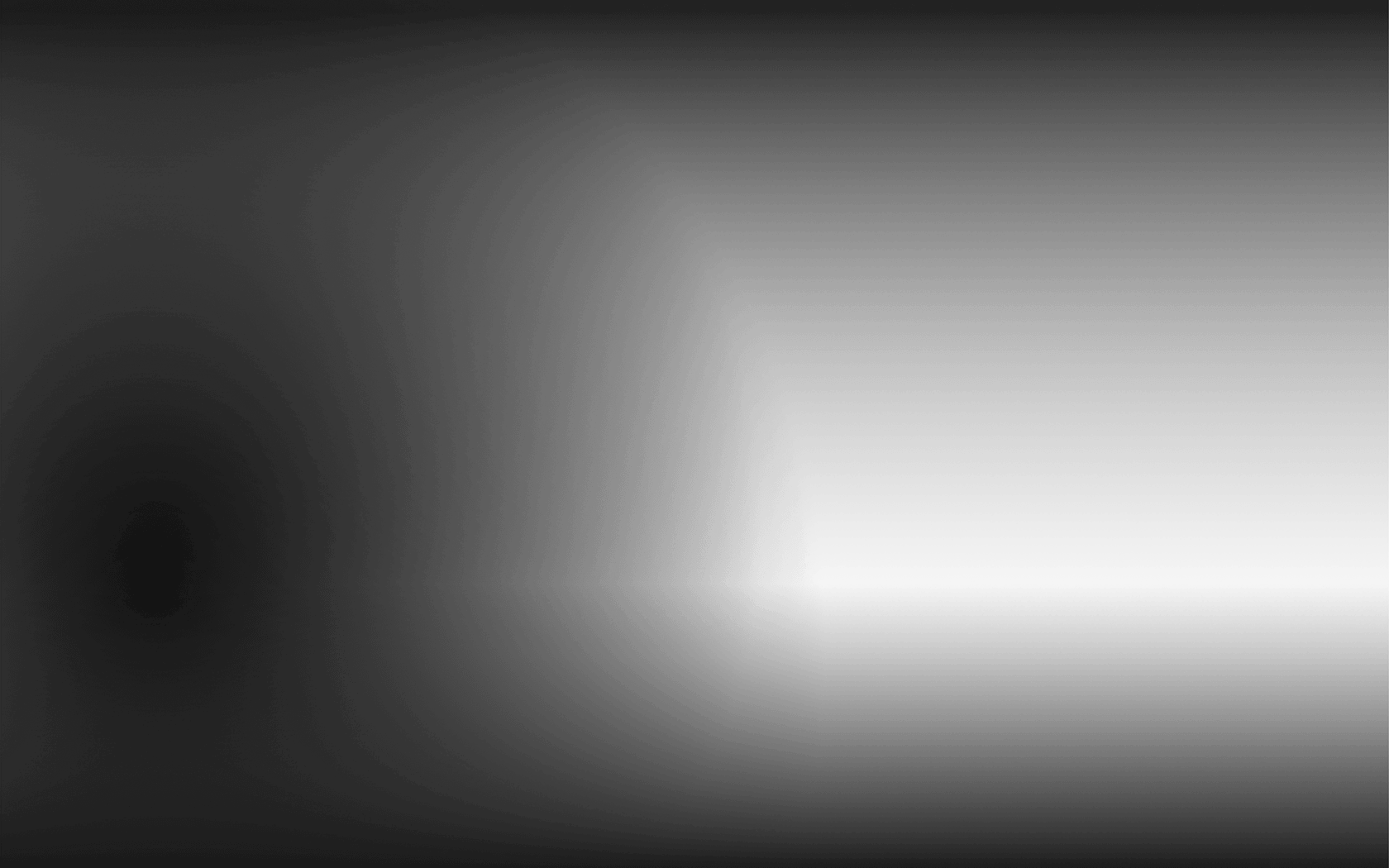We’ve all experienced pain. Childbirth, kidney stones, a broken arm or twisted ankle can be excruciating, but how does it compare to phantom pain? Unless you’ve lost a limb, you probably don’t know.
So what exactly is `Phantom Pain’?
It’s difficult to explain phantom limb pain to those who have never experienced it. People don’t believe it. Others underestimate it. People tell you it’s all in your head. Sometimes you think they’re right.
The name comes from the fact that there’s a ‘supernatural’ element to it.
For the first time, high profile New Zealand amputees open up to Attitude about their phantom pain.
For Liam Malone, Paralympic Double Gold Medallist and ‘Blade Runner’, phantom pain is a thing of the past but the memory is still very real. He hasn’t experienced this pain since he was 7 years old, but describes it as “sharp, unprovoked pain that comes from a part of the body that you can’t identify."
Upon being struck by the intense pain, Liam recalls immediately taking weight off the leg, taking off his prosthetic and beginning a range of desensitisation techniques.
These techniques could be anything from massaging, tapping, slapping, wrapping, and friction rubbing of the residual limb.
Mitch Joynt, NZ amputee track star - was able to give us a comparison that we can relate to, phantom pain being like “severe pins and needles”.
But it’s not like that for everyone.The pain presents uniquely to each individual in terms of intensity and location.
The first person to summit Mount Everest as a double amputee, Mark Inglis, knows phantom pain all too well. Although he’s not a fan of the phrase. He’s had it on and off for years and compares it to an “electric, burning shock”.
Mark has pushed both his prosthetic legs to the limit in the past climbing mountains, but he’s also experienced the rare blessing of ‘phantom feeling’. “Phantom feeling is the visualisation of my (non-existent) toes and their movement - I love it, I can curl my toes, I practise it as it gives me a 'spatial' visualisation of where my feet are and what I'm doing with them”
Truly supernatural.
Read Mark’s full interview below this article.
This sounds tough. Is there any help for amputees in NZ dealing with this ?
Peke Waihanga (NZ Artificial Limb Service) have established a Peer Support Service nationwide to provide support to patients at all stages of their amputation and rehabilitation journey. The service provides support to those adapting to their new situation by matching them with trained supporters who have adapted to their own limb loss.
New amputees are matched up with more experienced amputees similar in age, gender or ethnicity, if requested. The mental recovery from an amputation is just as crucial as the physical.
Motivational speaker William Pike is among those who volunteer their time for this essential service.
The Amputee Federation of New Zealand also offers a range of services : counselling in the home or hospital, social events where amputees can come together to share their journey, educational resources and support to access the Total Mobility scheme, ensuring independence of transport.
So, is there a cure?
Sadly, no. There are strategies that an amputee can utilise to minimise the chance of phantom pain occurring, but it will only disappear when it wants to. Some of the athletes we spoke to haven’t experienced this phenomenon in over a decade, while others deal with it day to day.
Mark Inglis Full Interview
Describe phantom pain to us in your own words. Is there anything you would compare it to?
- I feel challenged by the term 'phantom pain' - pain is pain and phantom feeling is phantom feeling, phantom pain seems like a romantic notion developed by those who haven't experienced real nerve pain.
- Phantom feeling is the visualisation of my toes and their movement - I love it, I can curl my toes, I practise it as it gives me a 'spatial' visualisation of where my feet are and what I am doing with them - love it.
- Nerve pain is the crushingly painful 'electric, burning' shock that lasts for a few seconds but repeated every 30 sec or so - it feels like an electric shock travelling down the outside of my leg, around my 'ankle' and into my big toe - paralysing in its intensity - hate it.
- December this year will be 40 years since having my amputation and much of that time has been relatively pain free, apart from poor fitting sockets, or more commonly doing stump damage 'overuse' - my nerve pain has developed after some of my bigger adventures and intense physical use of my stumps.
In your opinion, is it psychological or physiological?
- Phantom feeling is primarily psychological, reinforced by physiological - muscle and tendon movement.
- Nerve pain is primarily physiological, and can be treated with significant amounts of nerve/anti tremor drugs (I had quite an issue after Everest damage to the distal ends of the stumps).
What were your coping strategies / how did you deal with this?
It is a big heads up for me that I am dehydrated, over tired, probably have had alcohol (which I now try to avoid, somewhat unsuccessfully) and may have given the stumps a beating as well - 40,000 plus steps on rough terrain will do it.
The imagined coping strategy is a whiskey or G&T, but that is just a dream and short lived if enacted!
The main strategy is hydrate and self massage, often happens at night so I get up, be awake, read, massage the stump and hydrate - generally happens in 12 - 18hr cycles - totally debilitating.
Are you still dealing with this now / when did it disappear?
Probably monthly on average, often at a lower grade when I catch it early but then often after a stump hammering day added to distracting stress in life (you'd think I'd learn) - will manage it for life.
Are you open about it or do you keep it to yourself? Do people believe you?
I've learnt to be more open about it, used to hide it, just ended up being 'grumpy Mark' - pretty hard to hide the grimace if during the day. The rigidity of the body response is clear to see.
Anne, my wife, always said I made things look too easy - people haven't seen the real pain and effort of what I have done.
Mark Inglis PhD, ONZM - 1st double amputee to summit Mount Everest
- Trail Manager,St James Cycle Trail
- Trail Coordinator, Hurunui Trails




